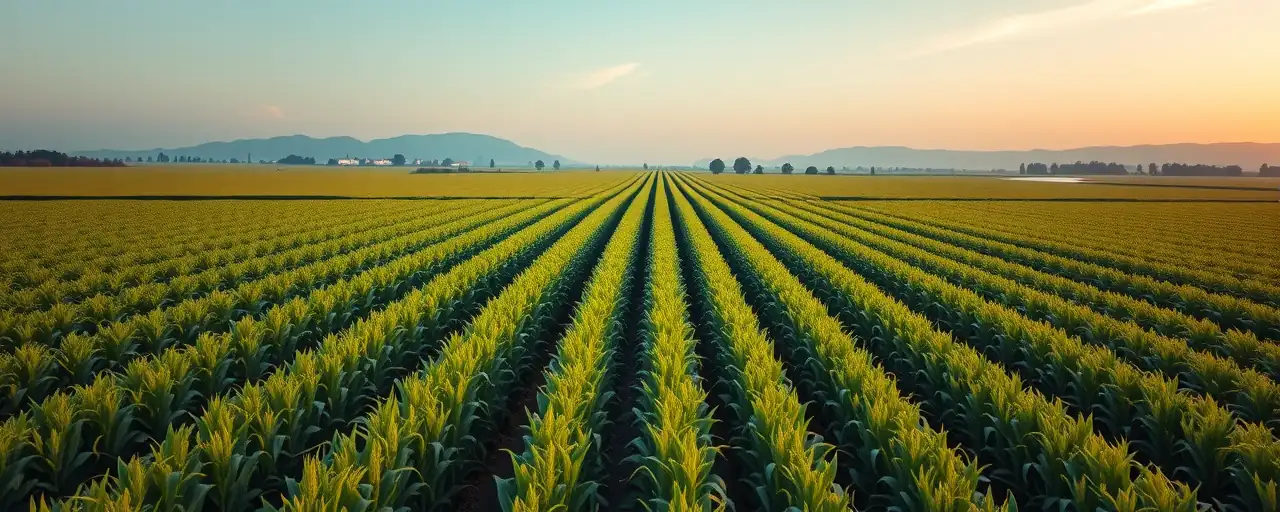Strengthening the Food Safety Net
The U.S. Department of Agriculture has committed $14.5 million to bolster state meat and poultry inspection programs. Announced by Secretary Brooke L. Rollins, this funding aims to reinforce the partnership between federal and state authorities, ensuring that meat and poultry products remain safe for consumers. For families across the country, this move offers reassurance that the food on their tables meets rigorous safety standards.
State inspection programs are essential for overseeing the safety of meat and poultry, particularly for small and medium-sized processors serving local markets. In recent years, funding shortages have strained these programs, raising concerns about potential gaps in oversight that could impact both consumers and producers. The new funds address this challenge, providing immediate support to states and their agricultural communities.
This investment reflects a broader effort to maintain trust in the food supply. With disruptions like climate events and labor shortages exposing vulnerabilities in the food system, reliable inspections are more critical than ever. The USDA’s decision underscores the importance of a resilient food chain that serves everyone, from rural farmers to urban households.
The Role of State Inspections
Through cooperative agreements with the USDA’s Food Safety and Inspection Service, 27 states run meat and poultry inspection programs tailored to smaller processors. These programs ensure compliance with safety standards equivalent to federal requirements, supporting local economies where small farms rely on nearby processors to bring their products to market.
Funding for these programs has not kept pace with rising costs, with reimbursement rates in some states falling to 42 percent, below the intended 50 percent federal-state cost-share. This has forced states to stretch budgets or reduce inspections, risking inefficiencies. The $14.5 million increase restores the full cost-share, enabling states to maintain or expand their oversight and support local agriculture.
For small farmers, this funding is crucial. Local processors often provide their only viable market, and without state inspections, these producers could face higher costs or limited market access. By strengthening these programs, the USDA helps keep rural economies vibrant while ensuring consumers have access to safe, locally raised meat.
What States Are Saying
State agriculture leaders have praised the funding boost. Ted McKinney, CEO of the National Association of State Departments of Agriculture, noted that the funds will help keep processing options open for small farmers. In Oklahoma, Secretary Blayne Arthur emphasized the economic benefits for rural communities, highlighting how the USDA partnership supports both food safety and local growth.
Iowa’s Agriculture Secretary Mike Naig pointed to the role of state-inspected meat lockers in expanding consumer access to locally raised protein. Georgia’s Commissioner Tyler Harper stressed the need to reverse prior funding cuts to maintain effective inspections. These perspectives show widespread support for the USDA’s action among state officials.
Public health advocates, however, argue for more than just funding. They call for better data-sharing between federal and state agencies to improve outbreak response and ensure uniform safety standards. This view highlights the need for a comprehensive approach that pairs financial support with technological and policy improvements.
A Bigger Picture for Food Security
This funding comes as food supply chain resilience gains attention. Recent disruptions, from climate-driven crop losses to labor shortages, have exposed weaknesses in the system, with 30 percent of global food production lost or wasted each year. The USDA’s investment in state inspections is part of a broader push to create a more adaptable food supply chain.
Local and regional food systems are also growing, with the 2022 USDA Agricultural Census reporting a 16 percent increase in direct-to-consumer sales and a doubling of farms engaged in local markets. USDA programs, like the Local Agriculture Market Program, have supported this trend with grants for infrastructure and market development. The inspection funding aligns with these efforts, ensuring small processors can meet safety standards and reach consumers.
The Path Forward
While the $14.5 million boost is a significant step, state and federal leaders stress the need for long-term solutions. The USDA’s 2025 budget requests over $140 million to address staffing, veterinarian recruitment, and rising costs for inspection programs. Proposals to expand the Cooperative Interstate Shipment program could further allow state-inspected products to cross state lines, benefiting small producers.
Public health advocates and state officials are pressing Congress to secure sustained funding in the 2026 budget to avoid future shortfalls. They also advocate for digital tools, such as AI analytics and blockchain traceability, to enhance inspection efficiency and transparency. These advancements could help navigate the complexities of modern food systems.
For consumers, this funding translates to safer food and stronger support for the farmers and processors who sustain the nation’s food supply. It highlights the shared responsibility of maintaining a food system that balances safety, accessibility, and economic vitality for all.
